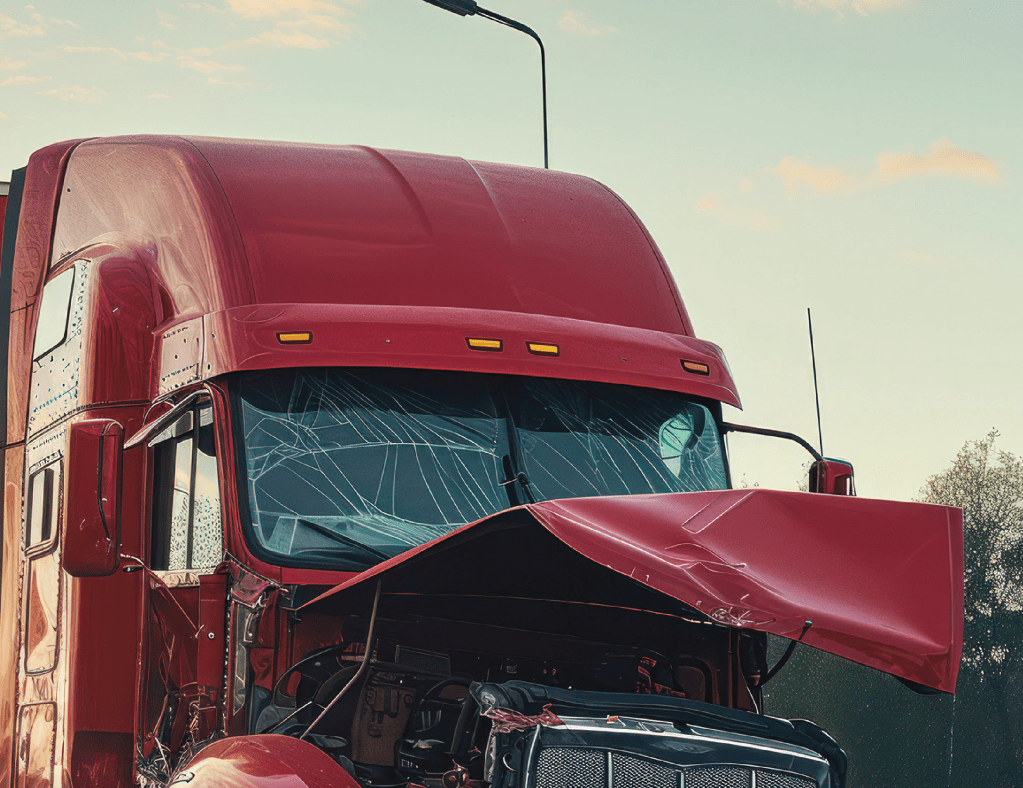What is a DOT Inspection?
To enhance roadway safety, the U.S. Department of Transportation (DOT) conducts inspections on commercial motor vehicles (CMVs) to ensure all parts and components are in good working condition. As a truck driver, you’re likely familiar with this process. But do you know the specifics of each inspection level or the most common violations? Understanding these details can help you better prepare yourself and your equipment.
Who Plays a Role in Truck Inspections?
While each state’s DOT conducts these safety check-ups, other groups and organizations also play a role:
- State Troopers: Officers designated in each state with the authority to perform inspections.
- Federal Motor Carrier Safety Administration (FMCSA): A department under the DOT that fund and oversees all inspections.
- Commercial Vehicle Safety Alliance (CVSA): A nonprofit organization that created the criteria for the North American Standard Inspection program, which includes CMV inspections.
The Six Levels of Truck Inspections
The North American Standard Inspection Program consists of six levels of inspections that officials can perform on a vehicle or driver to ensure compliance with laws and regulations. Levels one, two, three, and five are common, with level one being the most frequently performed. Drivers won’t know which level the officer will execute until they get stopped, so it’s best to be familiar with all six.
Specific to CMVs hauling highway route-controlled quantities (HRCQ) of radiological shipments. Includes enhanced OOS criteria, radiological requirements, and improvements to a level one inspection
Level I: North American Standard Inspection
The most thorough inspection, covering the entire vehicle (tractor and trailer) for worn-out or damaged parts. The officer also checks the driver for signs of alcohol and drug consumption, seat belt use, and proper documentation. Violations can result in the vehicle being placed out of service (OOS).
Level II: Walk-Around Driver/Vehicle Inspection
Similar to level one but without checking components that require getting underneath the vehicle. The officer walks around to look for issues and checks the driver’s paperwork and credentials.
Level III: Driver-Only Inspection
Focuses solely on the driver’s credentials and paperwork. It’s crucial to keep records like the license, electronic logging device (ELD), Record of Duty Status (RODS), Hours of Service (HOS), and Driver Vehicle Inspection Report (DVIR) current.
Level IV: Special Inspections
Rare and usually conducted as a one-time examination of a particular item (such as driver documentation or the vehicle’s engine) for research purposes.
Level V: Vehicle-Only Inspection
Uses the same criteria as a level one but without the driver present. This typically occurs at the carrier’s location during a compliance review.
Level VI: Enhanced NAS Inspection for Radioactive Shipments
Specific to CMVs hauling highway route-controlled quantities (HRCQ) of radiological shipments. Includes enhanced OOS criteria, radiological requirements, and improvements to a level one inspection.
What to expect during a roadside check
A DOT officer or state trooper can pull you over anywhere, including weigh stations, truck stops, or on the side of the road. As a driver, it’s your responsibility to act professionally throughout the process. The way you handle yourself and maintain the inside of the truck cab can influence the level of inspection you’ll undergo. Always be prepared, as officers can pull over commercial drivers without a specific reason.
What Happens After?
There are three possible outcomes of truck inspections:
- No Violations Found
- The official places a CVSA decal (valid for up to three months) on the vehicle, indicating it passed the inspection. A CMV displaying a valid decal generally won’t be pulled over for another inspection unless there is a noticeable problem.
- Violations Found but Not Serious
- The officer finds a violation, but it isn’t severe enough to place the vehicle or driver OOS. The violations count against the carrier (or possibly the driver) and can impact Compliance, Safety, Accountability (CSA) scores. Repairs must be fixed within 15 days, and a report must be sent to the FMCSA declaring all repairs were completed.
- Vehicle or Driver Placed OOS
- Indicates a serious violation that poses a danger to other motorists. An OOS vehicle or driver can’t operate again until all violations have been corrected and documented.
The Most Common Violations
Knowing the most common violations can help drivers and carriers better maintain equipment and keep necessary documentation on hand.
For Drivers:
- Logging violations
- No medical card, or it’s expired
- Invalid or expired license
- Not wearing a seat belt
- Exceeding HOS laws
For Vehicles:
- Inoperable lights
- Tire tread depth below 2/32 of an inch
- Oil, grease, transmission fluid, or fuel leaks
- No current annual inspection on file
- Improperly loaded cargo
- Discharged or unsecured fire extinguisher
How to Prepare for DOT Inspections
DOT inspections typically last less than an hour when CMVs are properly maintained. Both drivers and carriers can use the following tips to prepare:
- Clean the equipment (inside and out)
- Implement a regular preventive maintenance program
- Perform pre-trip, en route, and post-trip inspections
- Have the company name and USDOT number visibly printed on the truck
- Understand inspection procedures
- Secure shipments properly
The CVSA International Road Check Event
Every summer, the CVSA implements a 72-hour period of intense truck inspections. During this time, DOT officers and state troopers stop and examine hundreds of vehicles and drivers for violations. The event aims to promote commercial driver and CMV operation safety. Since its inception, more than 1.5 million roadside checks have occurred in North America. Get prepared by learning more about this year’s road check event.



